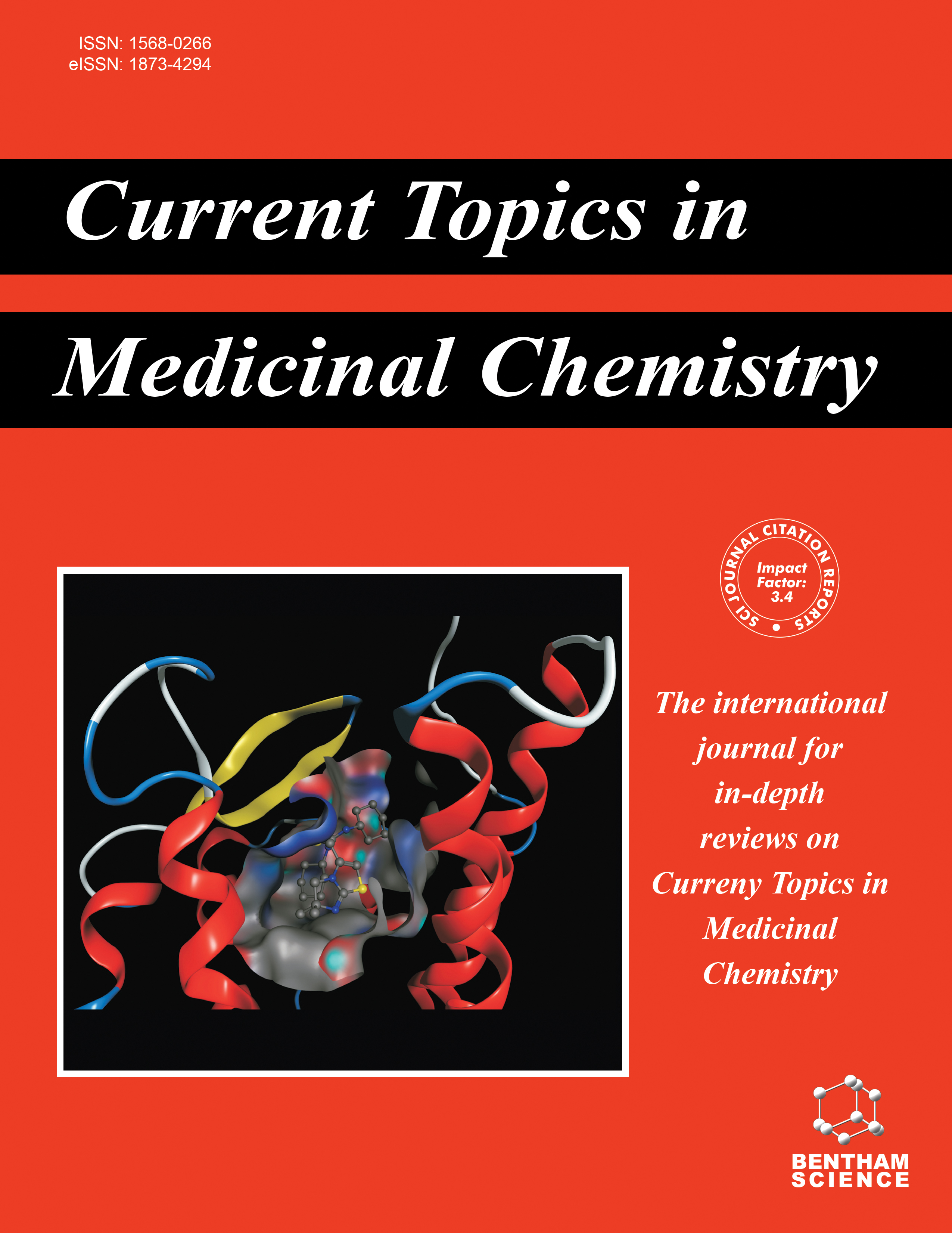
Full text loading...
We use cookies to track usage and preferences.I Understand
The search for effective cancer therapies highlights saponins, natural plant-derived compounds, as promising anticancer agents. These compounds induce apoptosis in cancer cells by activating caspases, essential enzymes for cell death. For example, Soyasapogenol B from Glycine max and Astragaloside IV from Astragalus membranaceus effectively trigger apoptosis in cancer cells. Additionally, saponins, such as Compound K from American ginseng and Saikosaponin from Bupleurum falcatum, affect extrinsic and intrinsic pathways, including mitochondrial release of cytochrome C and activation of caspase-9. Ziyuglycoside II also acts on both pathways and activates the ROS/JNK pathway. Understanding these mechanisms provides promising prospects for developing more specific and safer anticancer therapies. The review utilized the ScienceDirect, PubMed, and Google Scholar databases. It was found that original articles and reviews from journals indexed in these sources emphasized the antitumor capabilities of saponins and discussed their role in apoptosis induction and caspase activation. The activation of caspases by saponins in the apoptotic pathway involves two main pathways: the extrinsic pathway is initiated by external signals that activate caspase-8, while the intrinsic pathway starts with internal stimuli, causing the release of cytochrome c and the activation of caspase-9. These pathways both lead to the activation of effector caspases (caspases 3, 6, and 7), culminating in apoptosis, an essential process for maintaining cellular balance and eliminating damaged cells. Identifying saponins in the context of cancer and their mechanisms of action is an ever-evolving field. Future research may lead to more targeted and personalized therapies, highlighting the collaboration between basic and clinical research in this promising area of medicine.

Article metrics loading...

Full text loading...
References


Data & Media loading...

